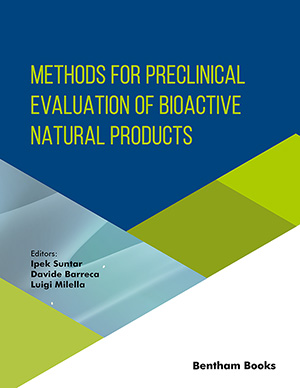Abstract
Metformin is a biguanide used in the treatment of type 2 diabetes mellitus and obesity. The main mechanism of action is to decrease the intestinal glucose absorption and the hepatic glucose production, however, it does not influence insulin secretion. Metformin also increases the affinity of the insulin receptor, reduces high insulin levels and improves insulin resistance. Additionally, it promotes weight loss. Metformin is a pleiotropic compound but acts, largely, by activating 5' adenosine monophosphate (AMP)-activated protein kinase (AMPK). Data suggest that the therapeutic effects of this compound are mediated, at least in part, through an upregulation of paraoxonase-1 (PON1) synthesis. PON1 is a thiolactonase that degrades lipid peroxides, and downregulates the chemokine (C-C motif) ligand 2 (CCL2) which is a pro-inflammatory chemokine that stimulates the migration of monocytes to areas of inflammation where they differentiate into macrophages. However, the prescription of metformin in patients with liver disease is controversial since, in some cases, this drug causes worsening of liver function. Patients with chronic liver disease have decreased hepatic PON1 activity. A study in mice deficient in PON1 showed that in this experimental model, metformin administration increased the severity of steatosis, increased CCL2 expression, did not activate AMPK, and increased the expression of the apoptosis marker caspase-9. These results suggest that PON1 is essential for the successful activation of AMPK in the liver, and for metformin to demonstrate its therapeutic function.
Keywords: Chemokine (C-C motif) ligand 2, diabetes mellitus, inflammation, metabolic syndrome, metformin, paraoxonase-1.
 42
42 4
4






















